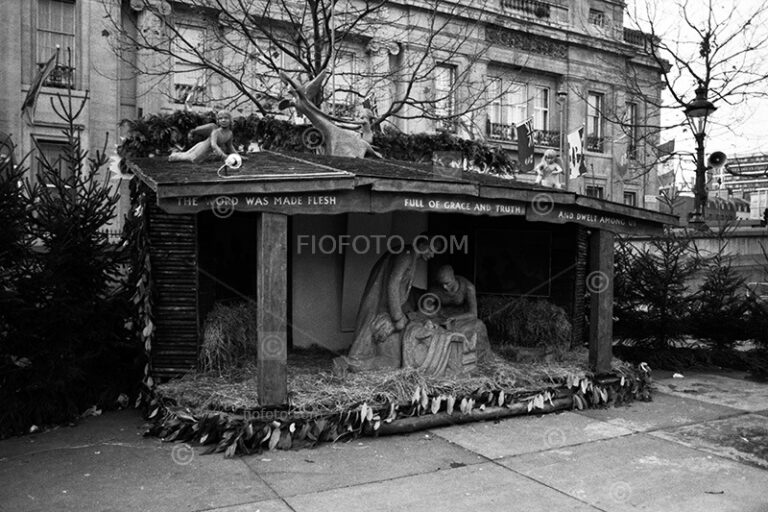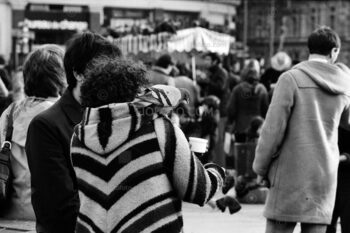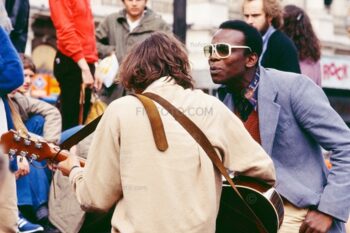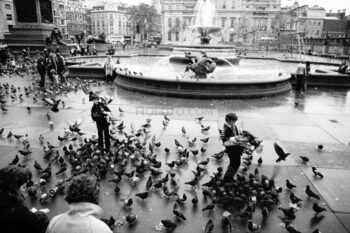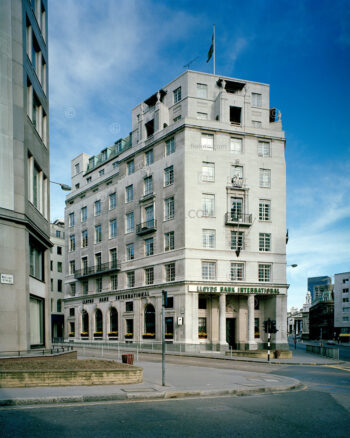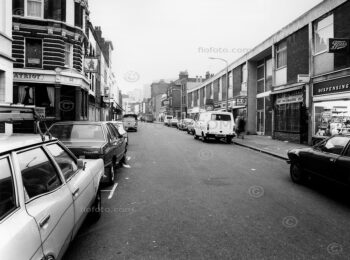In November 1979, London’s Trafalgar Square was the site of a public Christmas nativity display, a poignant reminder of the festive season’s religious roots.
At the heart of the bustling urban landscape, the nativity scene stood as a beacon of faith, its presence in such a prominent public space a significant statement. The display featured the traditional figures of Mary, Joseph, and the infant Jesus in the manger, surrounded by the shepherds and the three wise men.
What set this particular display apart was the accompanying inscription. Bearing the words, ‘The word was made flesh, full of grace and truth,’ a direct quote from the Gospel of John (John 1:14), the display transcended a simple decoration. It served as a powerful declaration of the Christian belief in the Incarnation—the belief that God became a human being in the person of Jesus Christ.
For many, the sight of the nativity scene in Trafalgar Square, a place of protest, celebration, and public assembly, offered a moment of reflection and a chance to contemplate the spiritual meaning of Christmas amid the commercial hustle and bustle of the city.

